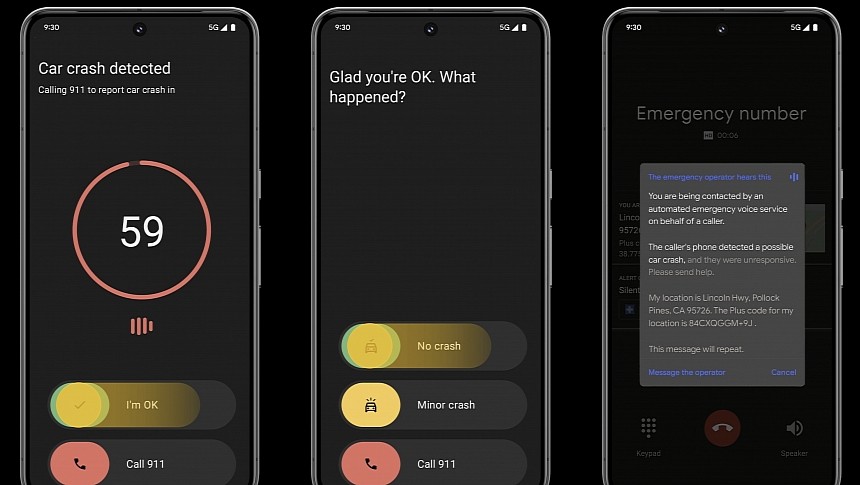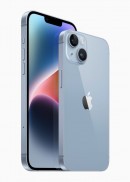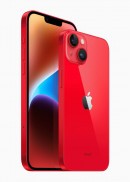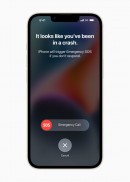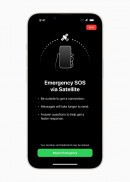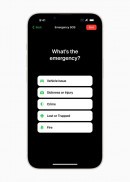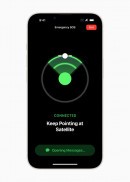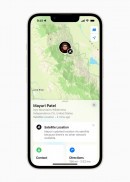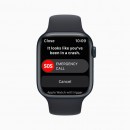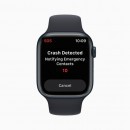The battle between Android and iPhone has expanded beyond the mobile screen, making its way to the car, where drivers rely on their smartphones for anything from calls and messages to navigation and music streaming.
Phone makers know this, so mobile devices have been updated with features that make sense behind the wheel. Crash detection is a life-saving feature that allows the smartphone to automatically dial the emergency service number (be it 911, 112 in Europe, or any other number according to the local regulations) in case of a crash.
Apple's smartphones already come with the feature, and while the company's marketing machine works like a charm, occasionally highlighting cases where the iPhone saved drivers' lives, it's worth noting that Android users also get similar capabilities.
Crash detection is available on the Google Pixel and other Android devices, though the search giant pioneered its debut in the Android ecosystem. However, while Apple offers crash detection capabilities in all regions, the availability in the Pixel world was quite limited.
The search giant has recently expanded the Car Crash Detection system to more countries, including Austria, Belgium, India, Portugal, and Switzerland. The list now includes 20 countries, with Google likely planning to bring it to more regions in the long term.
Car detection works similarly on Android devices and iPhones. The mobile device monitors the cabin and can use its sensors and hardware to detect accidents. For example, the motion sensors can determine if you've been involved in a crash, while the microphone records nearby sounds to detect certain triggers, such as heavy braking. Eventually, the smartphone rapidly analyzes the collected data and asks for input before dialing 911.
The user can cancel the call at any moment if they're conscious. The smartphone automatically initiates an emergency call and provides the dispatchers with information about your location and what happened.
The downside is that crash detection can occur at random points, even when not driving. Apple users found out the hard way that activities like skiing or riding a rollercoaster can trigger the crash detection system, eventually making false 911 calls without them knowing. Considering most phones sit in pockets or backpacks during such activities, users can't see the smartphone dialing 911.
Law enforcement recommends mobile phone owners to avoid hanging up when noticing the call. Operators typically return the call when they can't hear anything on the other hand, so users must answer and explain what happened.
Both Apple and other device makers have already fine-tuned crash detection to reduce the likelihood of false calls to emergency services.
Google Pixel users who want to enable car crash detection must have a SIM in their phones and allow the use of location, microphone, and physical activity data.
Apple's smartphones already come with the feature, and while the company's marketing machine works like a charm, occasionally highlighting cases where the iPhone saved drivers' lives, it's worth noting that Android users also get similar capabilities.
Crash detection is available on the Google Pixel and other Android devices, though the search giant pioneered its debut in the Android ecosystem. However, while Apple offers crash detection capabilities in all regions, the availability in the Pixel world was quite limited.
The search giant has recently expanded the Car Crash Detection system to more countries, including Austria, Belgium, India, Portugal, and Switzerland. The list now includes 20 countries, with Google likely planning to bring it to more regions in the long term.
Car detection works similarly on Android devices and iPhones. The mobile device monitors the cabin and can use its sensors and hardware to detect accidents. For example, the motion sensors can determine if you've been involved in a crash, while the microphone records nearby sounds to detect certain triggers, such as heavy braking. Eventually, the smartphone rapidly analyzes the collected data and asks for input before dialing 911.
The user can cancel the call at any moment if they're conscious. The smartphone automatically initiates an emergency call and provides the dispatchers with information about your location and what happened.
The downside is that crash detection can occur at random points, even when not driving. Apple users found out the hard way that activities like skiing or riding a rollercoaster can trigger the crash detection system, eventually making false 911 calls without them knowing. Considering most phones sit in pockets or backpacks during such activities, users can't see the smartphone dialing 911.
Law enforcement recommends mobile phone owners to avoid hanging up when noticing the call. Operators typically return the call when they can't hear anything on the other hand, so users must answer and explain what happened.
Both Apple and other device makers have already fine-tuned crash detection to reduce the likelihood of false calls to emergency services.
Google Pixel users who want to enable car crash detection must have a SIM in their phones and allow the use of location, microphone, and physical activity data.
The Pixel's car crash detection feature is now available in 5 new countries, including Austria, Belgium, India, Portugal, and Switzerland.
— Mishaal Rahman (@MishaalRahman) October 31, 2023
Google updated its support page to include these countries sometime this month, and several users from India told me they're now able to… pic.twitter.com/F1nsbz6SEk
